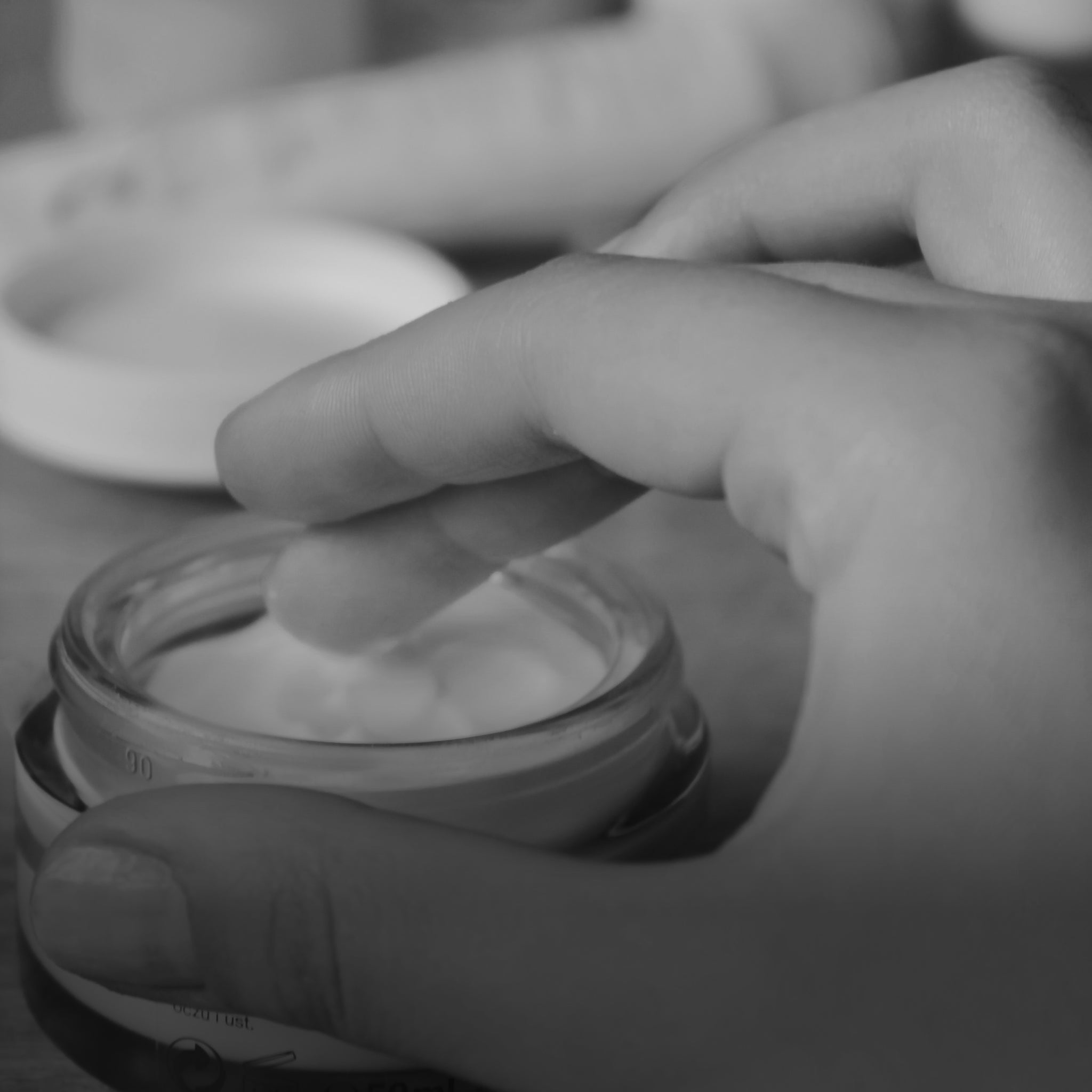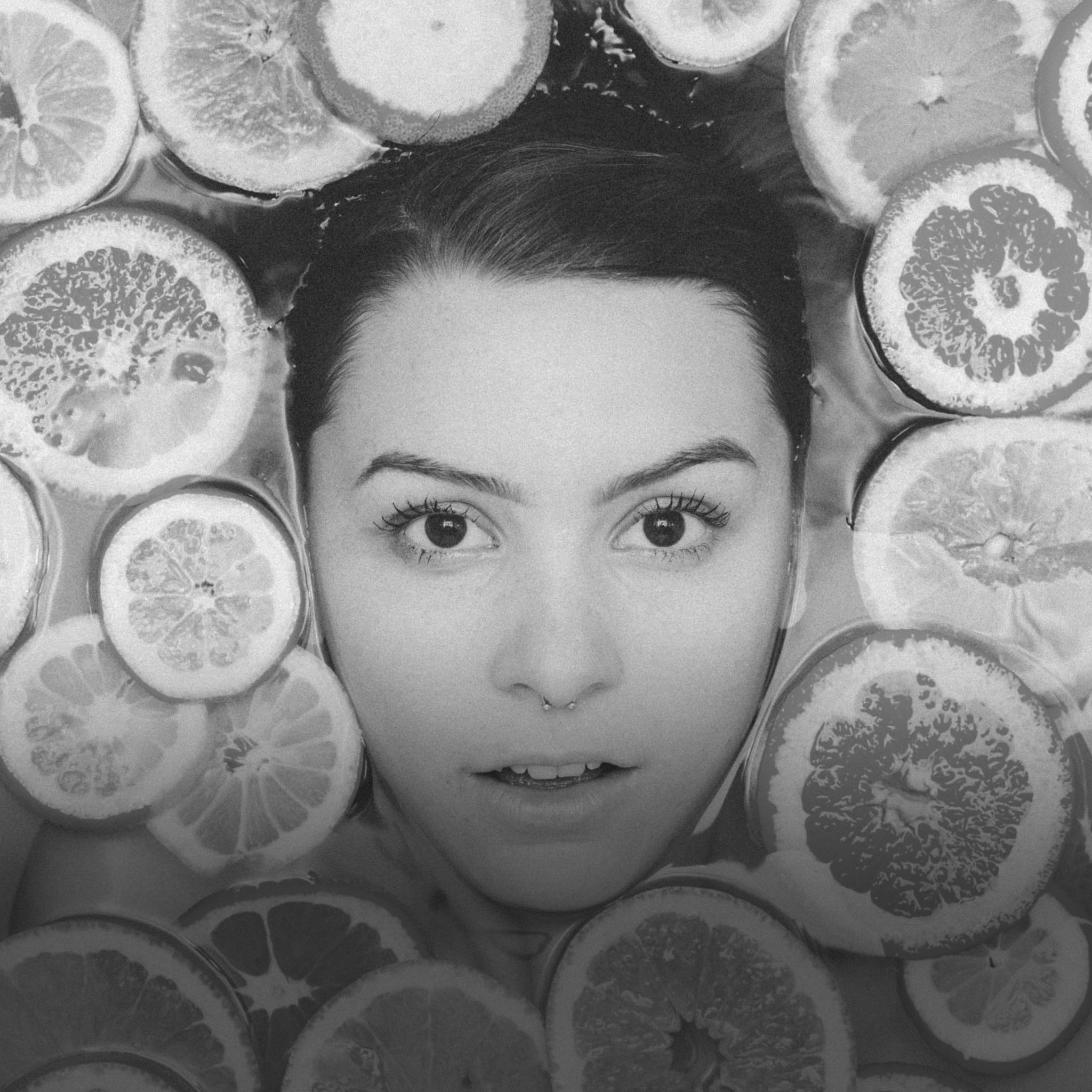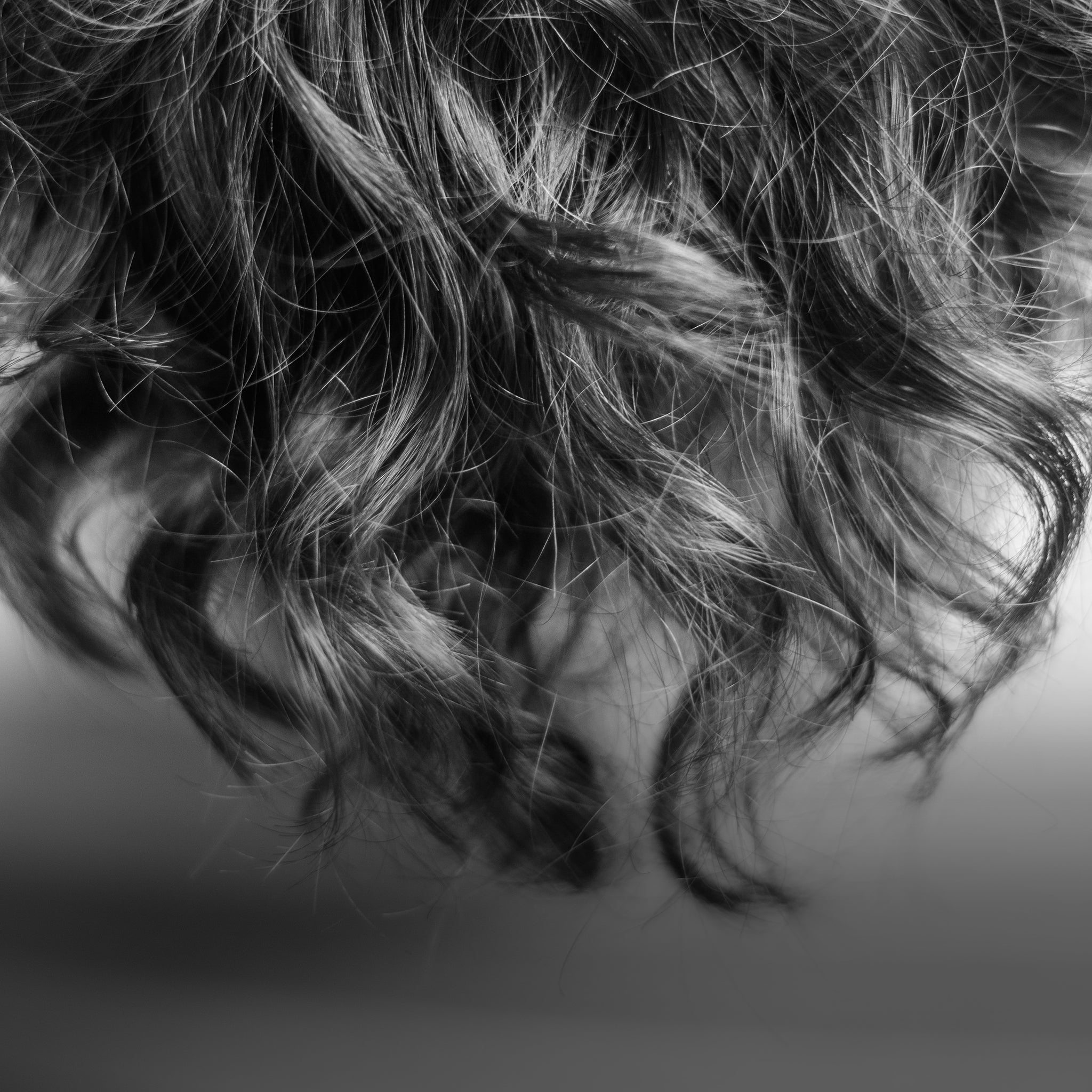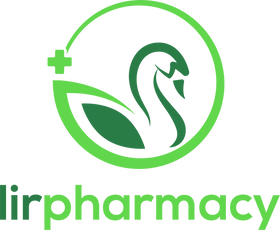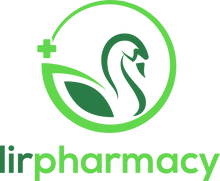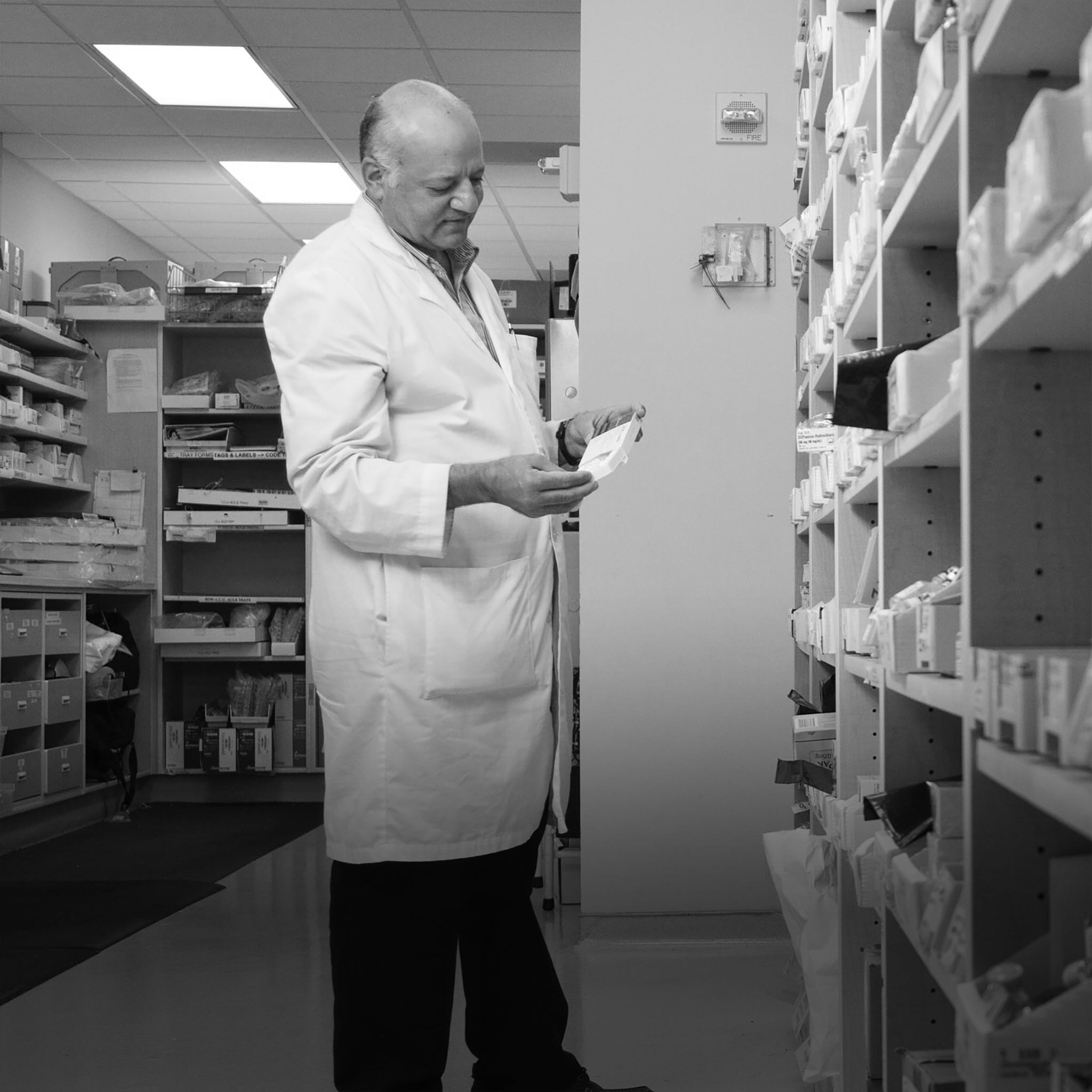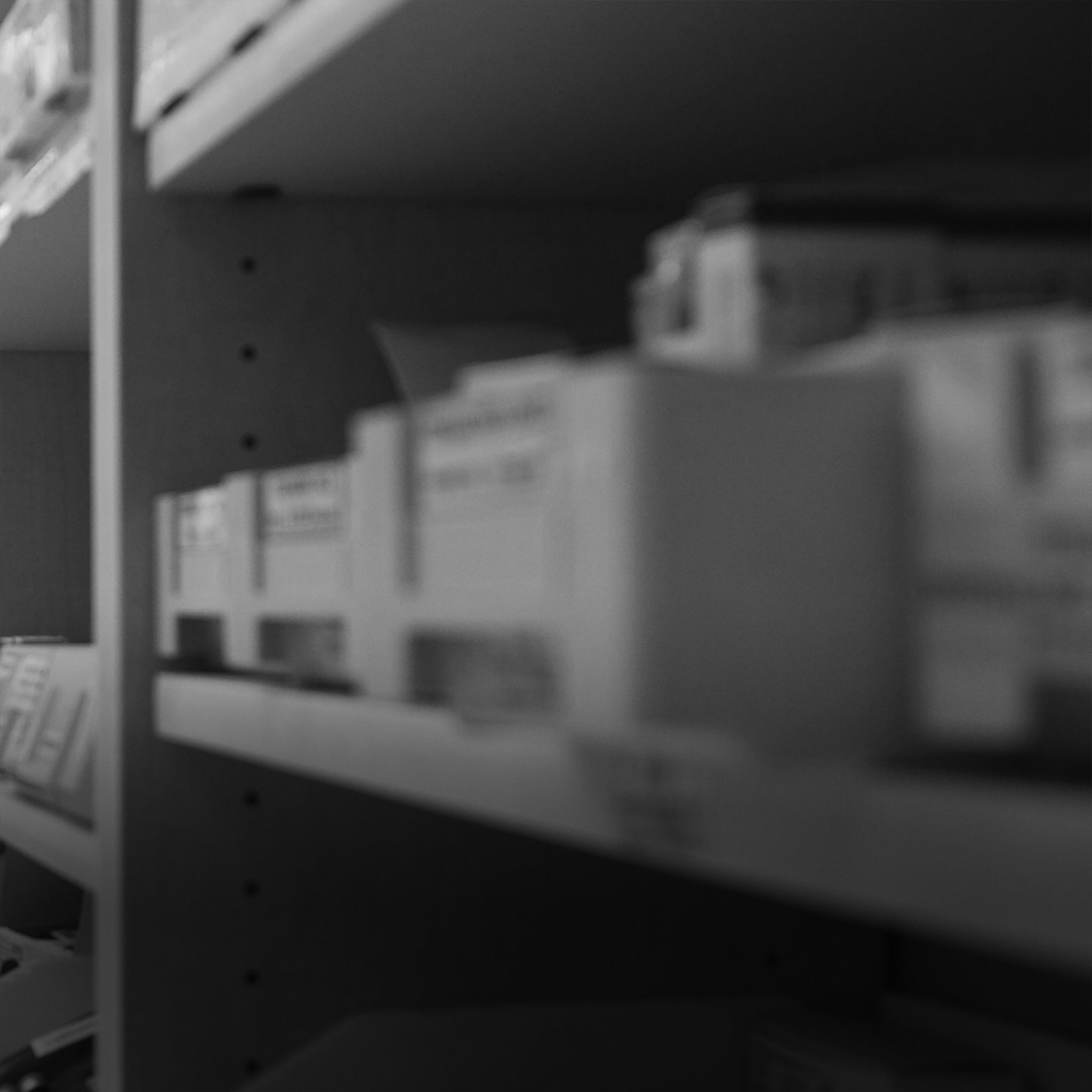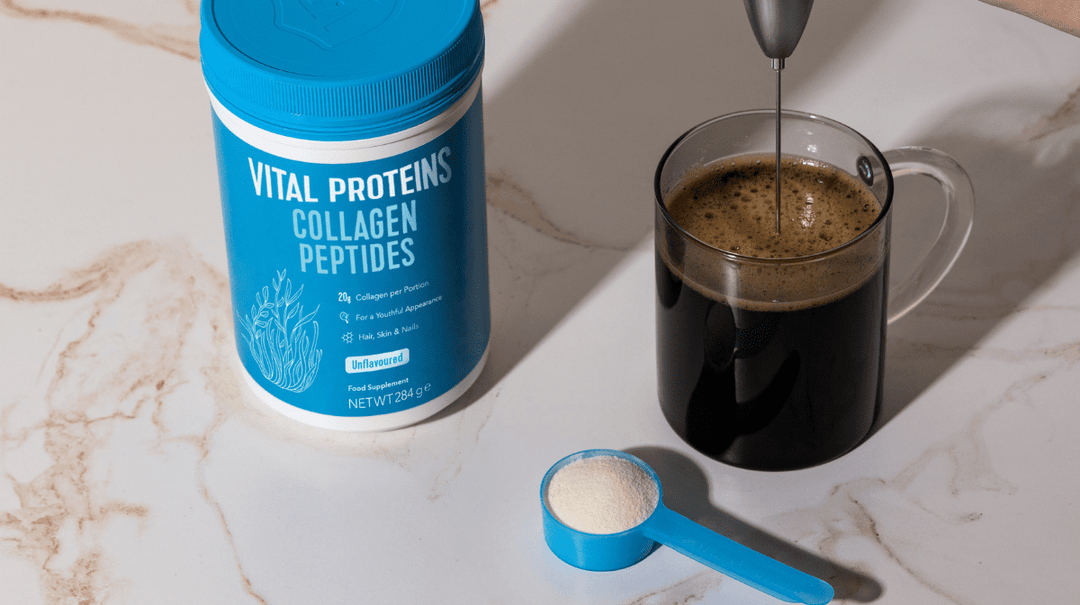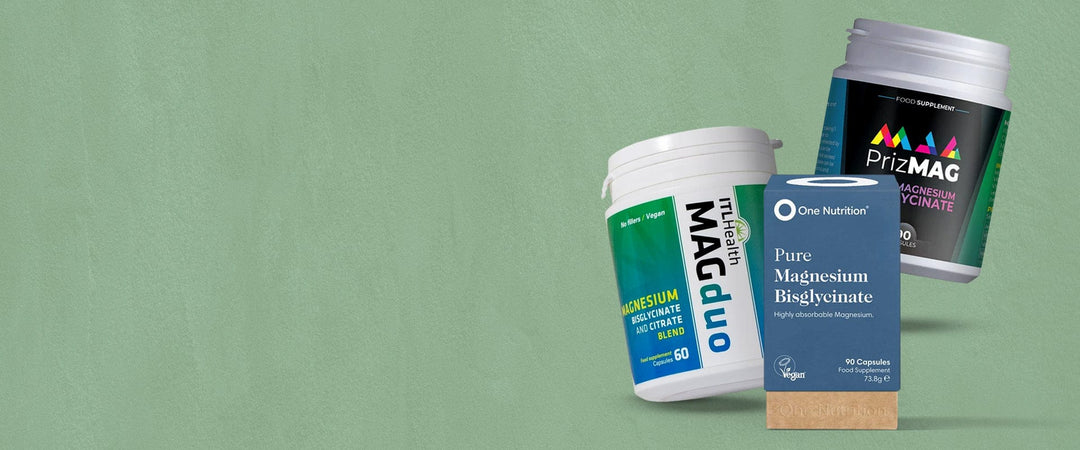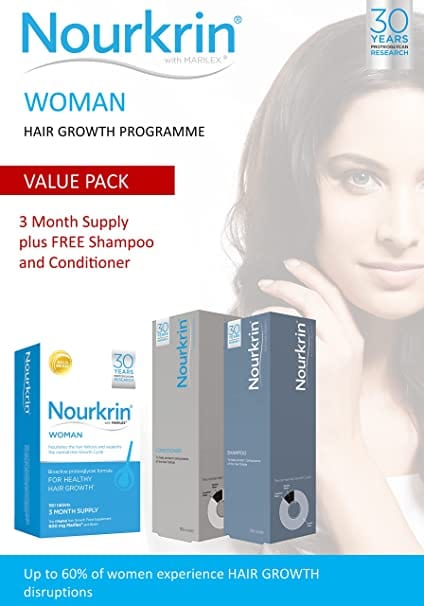The Best Acne Treatment Products: Effective Solutions for Clear Skin
Acne can be a frustrating and persistent problem for many, whether it’s occasional breakouts or more severe, chronic conditions. Finding the right acne products can make all the difference in achieving clear, healthy skin. Fortunately, the beauty and skincare industry offers a range of acne-fighting solutions that cater to different skin types and needs.
Introduction to Acne
-
Acne is a common skin condition that can occur in later life, affecting many people and causing a range of symptoms from mild to severe.
-
It is essential to understand the causes of acne, including excess oil production, clogged pores, and acne causing bacteria.
-
Effective acne treatments can help to reduce the appearance of acne and prevent breakouts.
-
A dermatologist can provide helpful advice and guidance on how to treat acne and reduce scarring.

Understanding Acne Prone Skin
-
Acne prone skin is often characterized by oily skin, large pores, and a tendency to produce more sebum.
-
People with acne prone skin may experience more frequent breakouts and require specialized skincare products.
-
Using the right skincare products, such as those containing salicylic acid or benzoyl peroxide, can help to control acne and reduce inflammation.
-
It is crucial to choose products that are suitable for your skin type, whether you have sensitive skin, combination skin, or oily skin.
Types of Acne
-
There are several types of acne, including mild, moderate, and severe forms.
-
Acne vulgaris is the most common form of acne and can cause a range of symptoms, including pimples, blackheads, and whiteheads.
-
Moderate acne can be treated with prescription medications, such as co cyprindiol, and topical creams or gels.
-
Severe acne may require more intensive treatments, such as isotretinoin, and should be reviewed by a dermatologist.

Moderate Acne
-
Moderate acne can cause noticeable symptoms, including redness, inflammation, and scarring.
-
Treatments for moderate acne may include spot treatments, such as creams or gels, and oral medications.
-
It is essential to use sunscreen and moisturizer to protect the skin and reduce irritation.
-
A consistent skincare routine can help to control moderate acne and prevent new breakouts.

Active Ingredients
-
Benzoyl peroxide is a common active ingredient in acne treatments, helping to kill bacteria and reduce inflammation.
-
Salicylic acid is another effective ingredient, helping to unclog pores and reduce the appearance of acne.
-
Glycolic acid and lactic acid can also be used to exfoliate the skin and reduce the appearance of fine lines and wrinkles.
-
Hyaluronic acid can help to moisturize the skin and reduce dryness and irritation.
Benzoyl Peroxide
-
Benzoyl peroxide is available in various strengths, from 2.5% to 10%, and can be used to treat mild to moderate acne.
-
It works by killing bacteria and reducing inflammation, helping to prevent new breakouts.
-
However, it can cause dry skin and irritation, especially in people with sensitive skin.
-
It is essential to use benzoyl peroxide products as directed and to follow a consistent skincare routine.
Overview of Options
-
Acne treatments can be divided into several categories, including topical treatments, oral medications, and lifestyle changes.
-
Topical treatments, such as creams and gels, can help to control acne and reduce inflammation.
-
Oral medications, such as antibiotics and co cyprindiol, can help to treat moderate to severe acne.
-
Lifestyle changes, such as maintaining a healthy diet and reducing stress, can also help to control acne.
Skincare Routine
-
A consistent skincare routine is essential for controlling acne and reducing the appearance of symptoms.
-
It is crucial to cleanse the skin twice a day, using a gentle cleanser and lukewarm water.
-
Moisturizer and sunscreen can help to protect the skin and reduce irritation.
-
Exfoliating once or twice a week can help to remove dead skin cells and reduce the appearance of pores.
Importance of Consistency
-
Consistency is key when it comes to skincare, as it can help to control acne and reduce the appearance of symptoms.
-
It is essential to stick to a routine and make adjustments as needed.
-
Using the right products for your skin type and following a consistent skincare routine can help to achieve clear skin.
-
A dermatologist can provide helpful advice and guidance on how to establish a consistent skincare routine.
Prescription Options
-
Prescription medications, such as co cyprindiol, can help to treat moderate to severe acne.
-
These medications can be used in conjunction with topical treatments and lifestyle changes.
-
It is essential to follow the instructions provided by your dermatologist and to attend follow-up appointments.
-
Prescription medications can help to reduce the appearance of acne and prevent new breakouts.
Dealing with Acne
-
Dealing with acne can be challenging, but there are many effective treatments available.
-
It is essential to maintain a healthy lifestyle, including a balanced diet and regular exercise.
-
Reducing stress and getting enough sleep can also help to control acne.
-
A dermatologist can provide helpful advice and guidance on how to deal with acne and reduce scarring.
Importance of Sunscreen
-
Sunscreen is essential for controlling acne, as it can help to reduce the appearance of symptoms.
-
It is crucial to use sunscreen with at least SPF 30 and to reapply every two hours.
-
Using a broad-spectrum sunscreen can help to protect the skin from UVA and UVB rays.
-
A dermatologist can provide helpful advice and guidance on how to choose the right sunscreen for your skin type.
Acne Scarring
-
Acne scarring can be a challenging issue, but there are many effective treatments available.
-
It is essential to seek help from a dermatologist, as they can provide helpful advice and guidance on how to reduce scarring.
-
Using the right products, such as those containing salicylic acid or glycolic acid, can help to reduce the appearance of scarring.
-
A consistent skincare routine can help to control acne and reduce the appearance of scarring.
Common Mistakes
-
Common mistakes can make acne worse, such as picking or squeezing pimples.
-
It is essential to avoid picking or squeezing pimples, as it can cause scarring and reduce the appearance of acne.
-
Using the wrong products for your skin type can also make acne worse.
-
A dermatologist can provide helpful advice and guidance on how to avoid common mistakes and reduce scarring.
Online Resources
-
Online resources can provide helpful information and guidance on how to control acne and reduce scarring.
-
It is essential to consult reputable sources, such as the British Journal of Dermatology or the Dermatology Association.
-
Online forums and support groups can also provide helpful advice and guidance from people who have experienced similar issues.
-
A dermatologist can provide helpful advice and guidance on how to use online resources effectively.
What is Lactic Acid?
Lactic acid is a naturally occurring alpha-hydroxy acid (AHA) that helps to exfoliate the skin's surface by dissolving dead skin cells, promoting skin renewal. As a water-soluble acid, it works primarily on the skin's outer layer, helping to improve skin texture, tone, and appearance. It also has hydrating properties, including those found in hyaluronic acid unlike some other AHAs.
Benefits of Lactic Acid in Skincare
-
Exfoliation and Cell Renewal: Lactic acid gently removes dead skin cells from the surface of the skin, leading to smoother, more radiant skin. This exfoliation also promotes cell turnover, helping to reveal fresher, younger-looking skin.
-
Brightens Skin Tone: By removing dead skin cells and promoting cell turnover, lactic acid helps fade dark spots, hyperpigmentation, and uneven skin tone, leaving the skin looking brighter and more even.
-
Hydrates and Moisturizes: Lactic acid has humectant properties, meaning it draws moisture into the skin and helps to maintain the skin’s natural hydration levels. It’s a great choice for dry or sensitive skin as it can exfoliate without leaving skin feeling stripped.
-
Improves Skin Texture: Regular use of lactic acid helps smooth out rough skin, reducing the appearance of fine lines and wrinkles. It’s especially useful for individuals with skin that feels uneven or textured due to dryness or acne scarring.
-
Acne Treatment: Lactic acid’s ability to exfoliate helps unclog pores and prevent breakouts, making it effective for those with acne-prone skin. It also helps to reduce inflammation and redness associated with acne.
What is Glycolic Acid?
Glycolic acid is the smallest AHA, which makes it particularly effective at penetrating the skin and providing deep exfoliation. It works by loosening dead skin cells on the surface of the skin, promoting cell turnover, and allowing fresher, younger skin to emerge. Glycolic acid is commonly found in many skincare products, from cleansers and toners to serums and masks, and is known for its ability to improve skin texture, tone, and appearance.
Tips for Using Acne Products Effectively:
-
Don’t mix too many active ingredients (like acids and retinoids) without guidance.
-
Consistency is key—most products take 4–6 weeks to show real results.
-
Always follow up with moisturizer and SPF—even oily or acne-prone skin needs hydration and protection.
What Causes Excess Oil Production?
Excess oil is usually the result of overactive sebaceous glands, which produce sebum—your skin’s natural oil. A few common factors include:
-
Genetics – Oily skin often runs in families.
-
Hormones – Fluctuations, especially during puberty, menstruation, or stress, can increase oil production.
-
Climate – Hot and humid weather tends to make skin oilier.
-
Over-washing – Stripping the skin of oil can actually trigger it to produce more oil to compensate.
-
Incorrect skincare products – Using heavy, pore-clogging creams or products not suited for your skin type can make oiliness worse.
Oil-Free Skincare
If you have oily, acne-prone, or sensitive skin, chances are you've seen the term “oil-free” on skincare and makeup products—and for good reason. Using oil-free products can help prevent clogged pores, reduce shine, and keep your skin feeling light and breathable throughout the day, especially if you have dry skin .
What Co-cyprindiol Is Used For
-
Severe acne (especially when resistant to topical treatments or antibiotics)
-
Oily skin due to hormonal imbalance
-
Polycystic Ovary Syndrome (PCOS)-related acne
-
Hirsutism (excess facial or body hair)
-
Contraception, when acne treatment is also needed
Who Shouldn’t Take Co-cyprindiol
You shouldn't take co-cyprindiol if you:
-
Smoke and are over 35
-
Have a history of blood clots, stroke, or certain cancers
-
Have uncontrolled high blood pressure
-
Are pregnant or breastfeeding
Final Thoughts
Achieving Clear Skin Takes Patience and Consistency
When it comes to acne treatment, there is no one-size-fits-all solution, and it may take some trial and error to find the right products for your skin. The key to clear skin is a consistent routine that includes a gentle cleanser, a targeted treatment to treat acne, regular hydration, and sun protection.
The best acne treatment products listed above are proven to help combat acne, reduce inflammation, and promote overall skin health. By choosing products that match your skin’s needs and sticking with your skincare regimen, you’ll be well on your way to achieving the clear, healthy skin you deserve.
FAQs
1. How long does it take for acne treatments to work?
Acne treatment results can vary depending on the severity of the acne and the type of treatment. Over-the-counter products typically take 4-6 weeks to show noticeable improvements. Prescription treatments may take longer, but it's important to remain consistent with your routine and avoid switching products too frequently.
2. Can I use multiple acne treatments at once?
Yes, but it's important to be cautious. Using too many acne treatments at the same time can irritate your skin. It’s best to use a gentle cleanser, a targeted treatment (like a spot treatment or gel), and a moisturizer. If you’re using a product with active ingredients like benzoyl peroxide or retinoids, allow each product to absorb into the skin before applying another.
3. Can acne be caused by diet?
Certain foods may contribute to breakouts for some people. High-glycemic foods, like sugary snacks and refined carbs, have been linked to acne and blemishes in some studies. Dairy products may also affect some individuals. However, diet alone is typically not the sole cause of acne—genetics, hormones, and skincare habits play a significant role.
4. Should I pop my acne?
It’s tempting, but popping pimples can make acne worse. Popping a pimple can push bacteria deeper into the skin, causing more inflammation and potential scarring. Instead, use a spot treatment to target pimples and allow them to heal naturally.
5. How can I prevent acne scars?
To prevent scars, it’s important to avoid picking at acne and to follow a good skincare routine. Sunscreen is essential, as sun exposure can darken scars and make them more noticeable. Using products with a thin layer of ingredients like vitamin C and niacinamide can also help lighten dark spots and promote healing. Regularly moisturizing helps maintain the skin’s natural barrier, reducing the risk of scarring.


